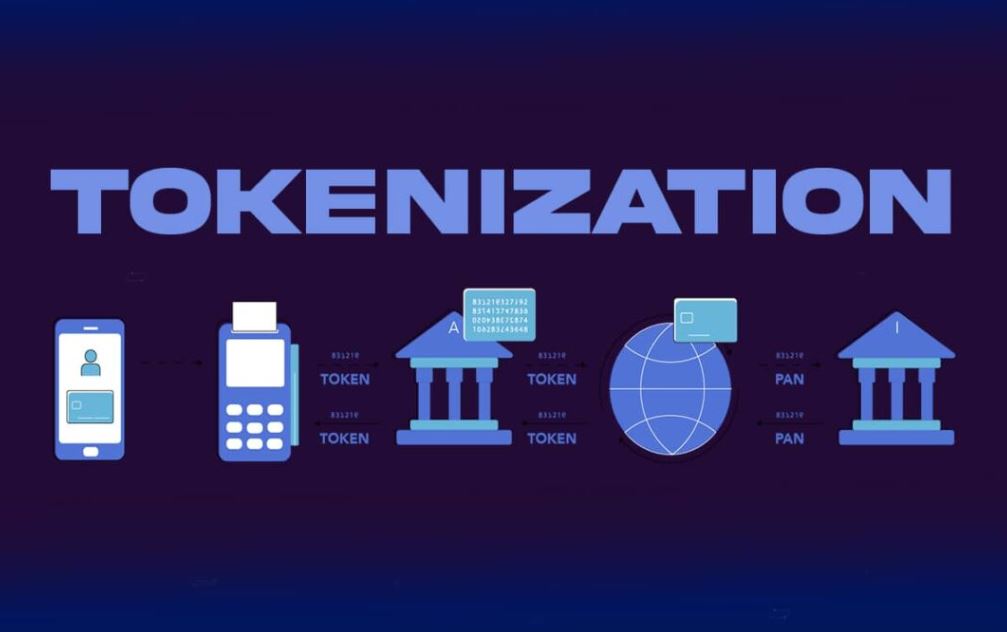Introduction
Tokenization, the process of converting real-world assets into digital tokens on a blockchain, has gained significant traction in recent years. This innovative technology offers numerous benefits, such as increased liquidity, fractional ownership, and enhanced transparency. However, tokenization also presents unique challenges, particularly when it comes to regulatory compliance. In this article, we will explore the regulatory landscape surrounding tokenization, the challenges it poses, and best practices for navigating these complexities. For a comprehensive understanding of the regulatory landscape surrounding tokenization and best practices for navigating its complexities, delve deeper at this source to stay informed on this innovative technology.
Regulatory Landscape Overview
The regulatory landscape for tokenization varies significantly across jurisdictions. In the United States, the Securities and Exchange Commission (SEC) plays a crucial role in regulating tokenized assets. The SEC has issued guidance indicating that tokens that meet the definition of securities are subject to securities laws. This means that issuers of tokenized assets must comply with registration requirements and other securities regulations.
In Switzerland, the Financial Market Supervisory Authority (FINMA) has adopted a more permissive approach to tokenization. FINMA has issued guidelines outlining the regulatory framework for tokenized assets, which allows for greater flexibility in the issuance and trading of tokenized securities.
Other jurisdictions, such as Singapore and Malta, have also taken steps to regulate tokenization. These jurisdictions have enacted laws and regulations that provide clarity on the legal status of tokenized assets and the obligations of issuers and investors.
Challenges of Compliance in Tokenization
Compliance with regulatory requirements is one of the biggest challenges facing tokenization projects. One of the main challenges is the lack of uniformity in regulations across jurisdictions. Each jurisdiction has its own set of laws and regulations governing tokenized assets, making it difficult for issuers to navigate the regulatory landscape.
Another challenge is the evolving nature of regulations. As tokenization is a relatively new technology, regulators are still grappling with how to apply existing laws and regulations to tokenized assets. This uncertainty can make it challenging for issuers to ensure compliance with regulatory requirements.
Key Regulatory Considerations
When embarking on a tokenization project, there are several key regulatory considerations that issuers must keep in mind. One of the most important considerations is whether the tokenized asset qualifies as a security. If the token meets the definition of a security, issuers must comply with securities laws, including registration requirements and disclosure obligations.
Another key consideration is anti-money laundering (AML) regulations. Issuers of tokenized assets must implement robust AML procedures to prevent money laundering and terrorist financing.
Tax considerations are also important. The tax treatment of tokenized assets can vary depending on the jurisdiction and the nature of the tokenized asset. Issuers must ensure compliance with tax laws and regulations to avoid potential penalties.
Best Practices for Compliance
To ensure compliance with regulatory requirements, issuers should follow best practices for compliance. One of the most important best practices is to conduct thorough due diligence on the tokenized asset and its underlying assets. Issuers should also engage with regulators early in the process to ensure compliance with regulatory requirements.
Implementing a compliance program is also essential. A compliance program should include policies and procedures for ensuring compliance with regulatory requirements, as well as training for employees on compliance issues.
Engaging with legal counsel and other experts can also help issuers navigate the regulatory landscape. Legal counsel can provide guidance on regulatory requirements and help issuers develop strategies for ensuring compliance.
Case Studies
Several tokenization projects have successfully navigated the regulatory landscape. One example is the tokenization of real estate assets. Several companies have successfully tokenized real estate assets, allowing investors to purchase shares in real estate properties through digital tokens. These projects have complied with securities laws and other regulatory requirements, demonstrating that compliance is achievable in the tokenization space.
Future Trends and Conclusion
The regulatory landscape for tokenization is likely to continue evolving in the coming years. Regulators are likely to issue additional guidance on the regulation of tokenized assets, providing greater clarity for issuers and investors.
Conclusion
In conclusion, regulatory compliance is a key consideration for tokenization projects. By understanding the regulatory landscape and implementing best practices for compliance, issuers can navigate the complexities of tokenization and unlock the full potential of this innovative technology.
ALSO READ: Tokenizing Real Estate: Bridging Traditional Assets with Blockchain
Image Courtesy: fibree
